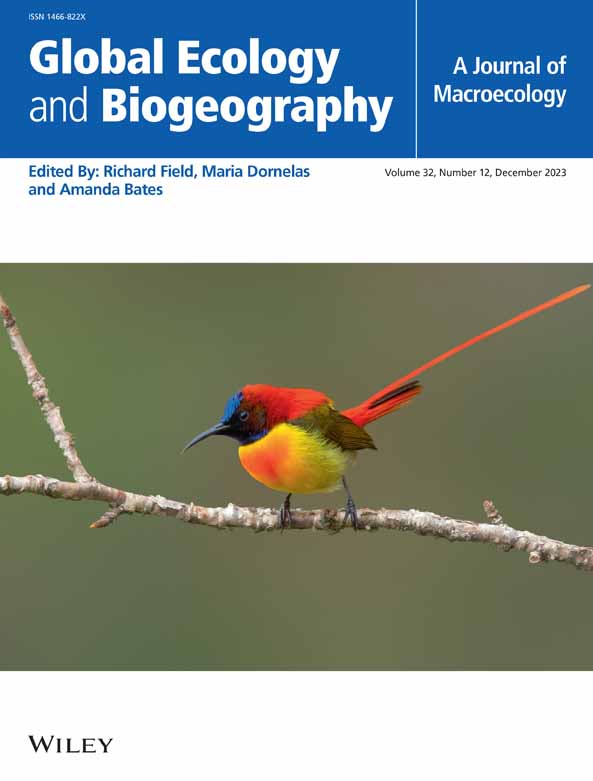Classifying populations as native or nonnative requires well-defined range boundaries for species. While many studies define native status according to large biogeographic realms, natural dispersal barriers often limit species distributions at regional or smaller spatial extents. As such, native/nonnative definitions are inherently scale-dependent and estimates of community invadedness thus depend on the spatial resolution at which native status is defined. For example, nonnative species can be introduced among realms, among regions within realms, and among ecological provinces within regions (hereafter, simply “provinces”). By explicitly considering the scale-dependency of native/nonnative status definitions, we can more effectively compare results across studies, more comprehensively evaluate the degree of invasion levels, and more objectively communicate the native status of a species.
30,034 stream segments, conterminous United States.
2000–2023.
Freshwater fishes.
We illustrate the importance of scale-dependent native status definitions by quantifying nonnative species richness and relative abundance in stream fish communities across the United States, finding that provincially nonnative species are nearly four times as prevalent as extra-realm nonnative species, and represented approximately 10% of all individuals in average community surveys.
Unrealistically broad native status definitions underestimate community invadedness. Dismissing regionally and provincially nonnative species can have severe ecological consequences, including displacement and hybridisation with native species and the loss of unique communities through biotic homogenisation. These consequences may undermine efforts to maintain and protect distinct local biodiversity and conserve endemic species.


